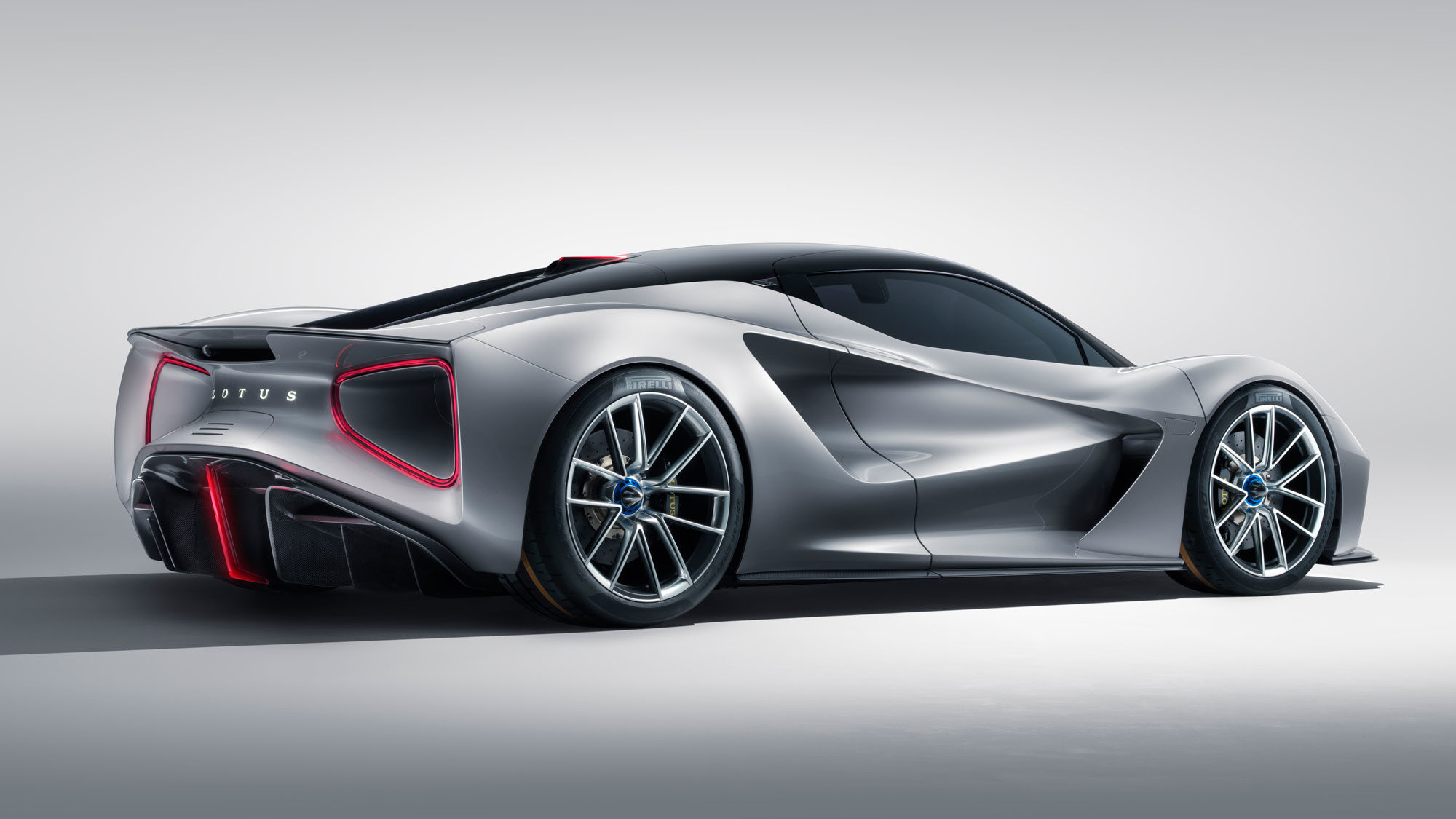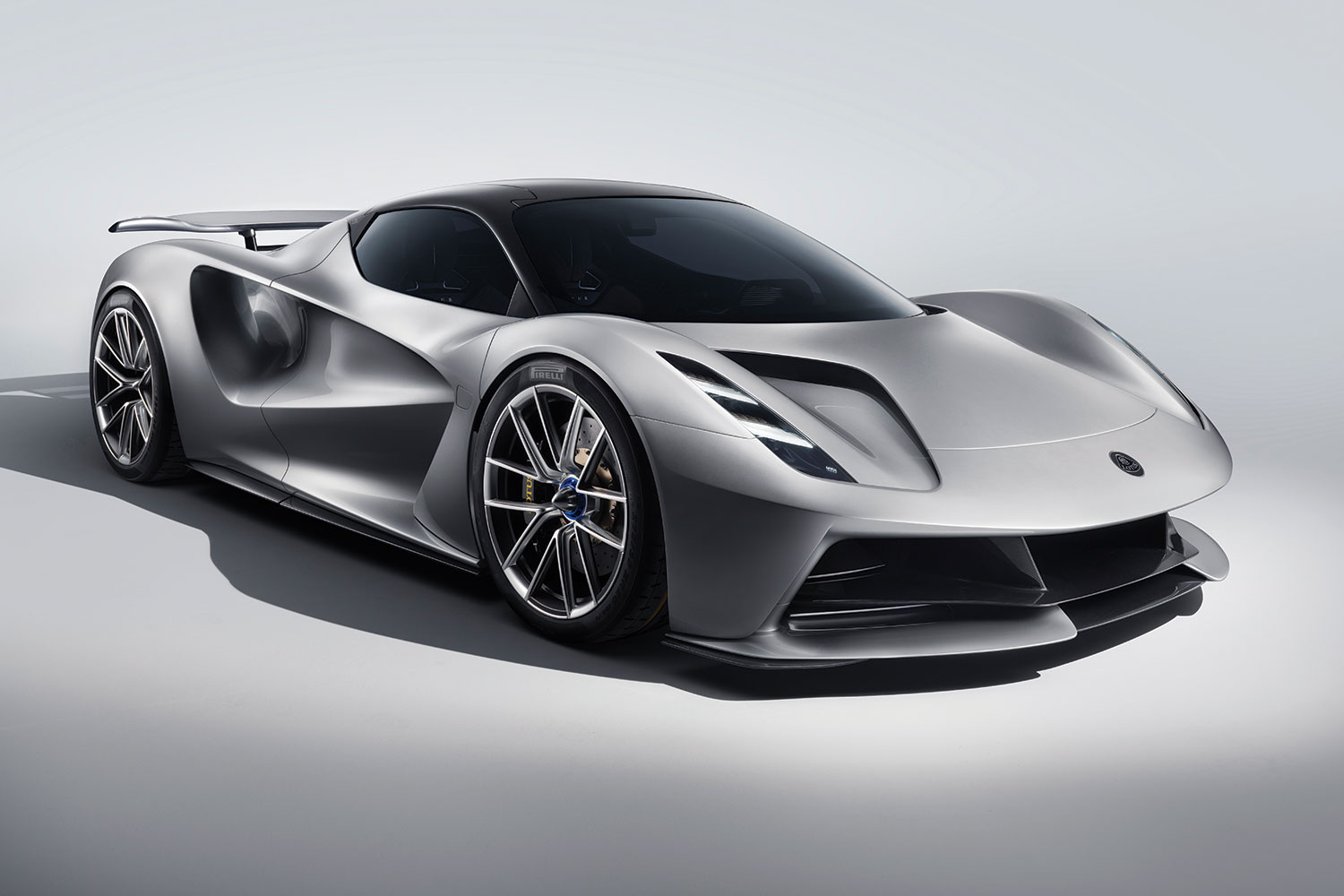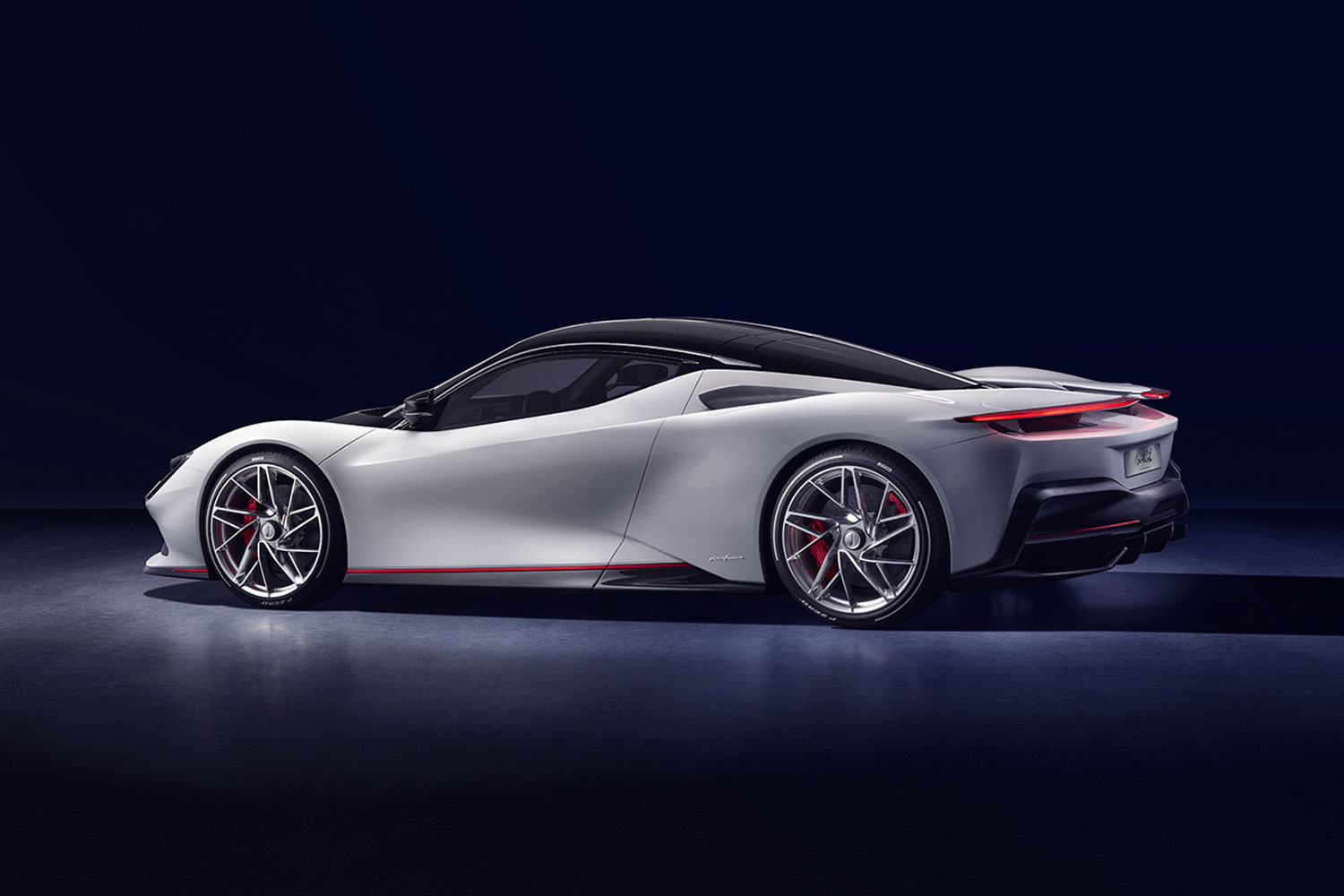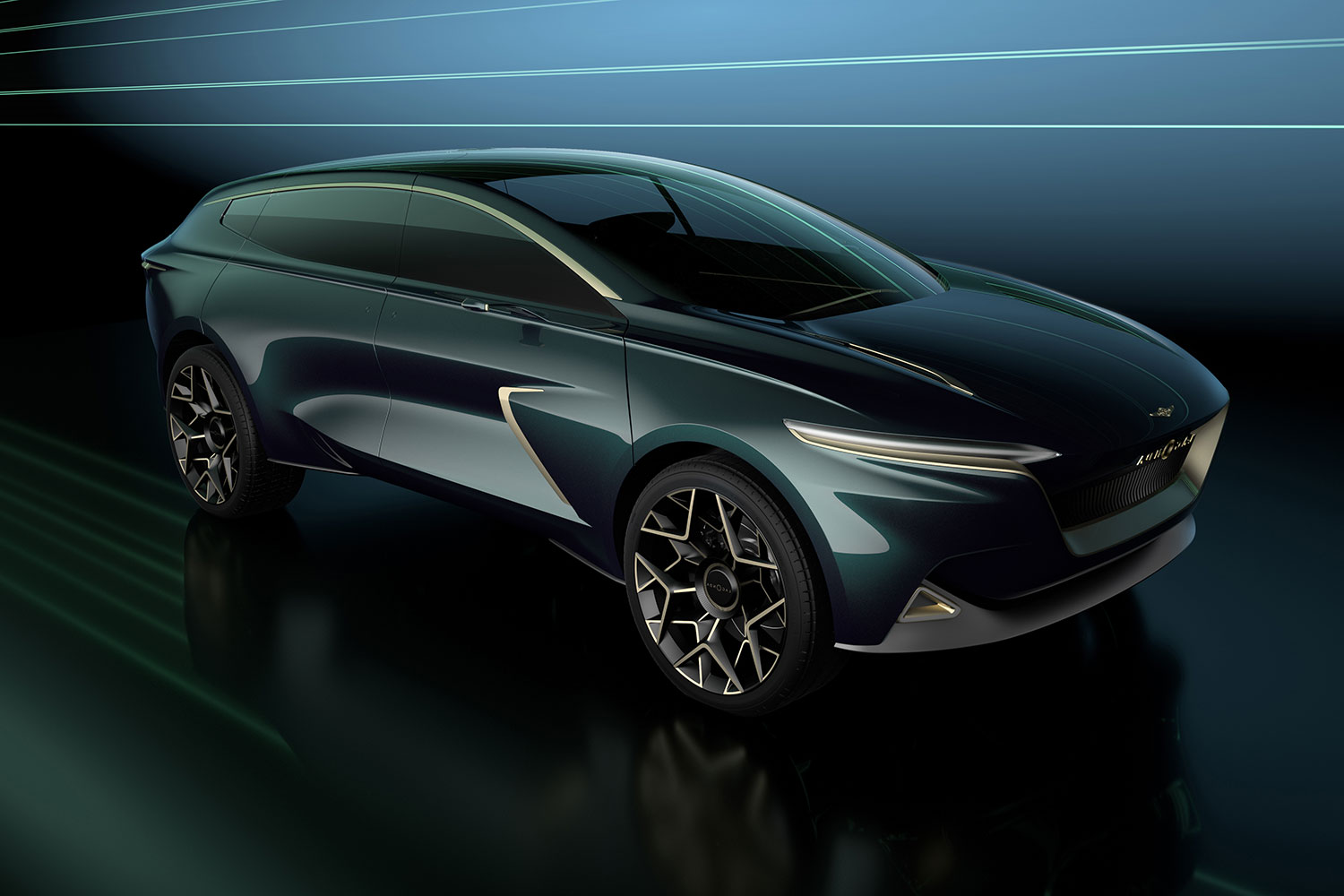Michael Jordan’s No. 23 . A scorpion’s tail. Beer’s alcohol content. Some things are best left alone. But as the internal combustion engine revs toward Valhalla, a group of tiny but legendary car manufacturers are wagering their futures—and identities—on the massive change of electrification.
Lotus, founded in the late 1940s, just pulled the gossamer off a hyper-EV—the first electric car in the English company’s history. Pininfarina, the fabled Italian design consultancy responsible for some of the most gorgeous V12-powered Ferraris ever made, is all-in on a 900-horsepower electric luxury GT. Lagonda, known for its pre-war 12-cylinder grand tourers, is becoming a purveyor of ultra-exclusive electric land yachts.
These lesser-known marques are joining the likes of Ferrari, whose awesome SF 90 Stradale is the Italian brand’s first main-stream plug-in hybrid, capable of traveling 15.5 miles under purely electric power. Porsche has recently unveiled its Taycan, a sports sedan aspiring to unseat the uncontested Tesla Model S. Lamborghini, that Bolognese madhouse of raging bulls, has served notice that of a production car inspired by earlier battery-electric Terzo Millennio concept. As well, Mercedes teased its EQS concept—a beefy yet sleek electric sedan—earlier this week. Finally, Tesla Motors, ever the disruptor, claims its second-gen Roadster will sprint to 60mph in a blinding 1.9 seconds.
Electric hypercars aren’t just challenging the laws of terrestrial velocity. They’re also trial-ballooning tech that may ensure their builders’ survival. Confronted with ever-tightening emissions standards and a growing consensus around electric power, the choice facing these companies is not so much between batteries and gasoline, but between relevance and obsolescence.
Granted, the electrification wave is years from cresting, let alone forming beyond a ripple. Of over 86 million new passenger cars and light-duty commercial vehicles sold worldwide in 2018, just 2 million were electric. But whereas larger automakers like Porsche can offset its Taycan R&D costs with high-margin, gas-gulping SUVs, boutique builders have no such options. One of those, Lotus, has followed a particularly fraught path to the debut of the Evija, which it claims will redefine the hypercar segment—electric or otherwise. Known for its brilliant, often brittle sports cars, Lotus has long flirted with insolvency. Having relied on aging models to see it through to its next big bang, Lotus needs the Evija to resonate.
It has committed to building 130 units, each costing $2.1 million. A wide-track GT with a mid-engine supercar’s teardrop greenhouse and wide haunches, the Evija adopts a classic silhouette. But freed from the need of engine compartments and fuel tanks, designers have shaken off old strictures. There’s no distinction here between structure and ornament; everything beautiful is purposeful, from the massive channels on its flanks that convert airflow to down force, to an unadorned interior that carries on Lotus’s commitment to lightweighting. And when 800kW charging—a prospect as tantalizing as the hypercars that would use it—rolls out, Lotus says the Evija’s battery will recharge from flat to full in just nine minutes.
For its part, Pininfarina is making a wholesale departure from the growling, V12-powered machines that have beared the family name since the ‘40s. As an outside design consultancy—or carrozzeria—Pininfarina is best known for shaping postwar Italian sports cars; its 1946 Cisitalia 202 GT was the first car to enter MoMA’s permanent collection. But starting with 2016’s H2 Speed concept, it began investing in alternative propulsions—hydrogen- and battery-based—for its own, growing hypercar practice. Fitted with one of the highest-capacity battery packs on the market—a co-development with boutique Croatian hypercar firm Rimac—the Pininfarina Battista produces the equivalent of 1,900 horsepower. Though that Promethean level of grunt could yank houses from their foundations, it is tempered by a sensual, Ferrari-esque carbon body that speaks to its northern Italian provenance.
Lagonda is another unlikely convert to current. A prewar favorite of English playboys, Lagonda quietly relaunched in 2015 with a V12-powered super sedan intended for the Middle Eastern market. But its purely electric All-Terrain Concept completes a pivot toward electricity, complementing a battery-powered GT design study unveiled last year. So bullish is parent company Aston Martin on its sub-brand’s new powertrain program that it’s opening a dedicated EV production facility in Wales.
The All-Terrain Concept would join a growing cohort of ultra-luxury crossovers from heritage-rich brands—the Bentley Bentayga, the Rolls-Royce Cullinan—but its electric powertrain provides a significant differentiator. Lagonda is also experiment ing with a form language that reinterprets rather than rehashes its past, where strong geometric elements blend with fluid, organic shapes.
Cynics might argue that without government intervention these companies would have never been incentivized to pursue electrification. True, perhaps. Yet by adopting electricity, these manufacturers are not only preparing to keep up with the times, but outpace them.




